Description
What is an Internal Flex PCB 868/915MHz Antenna GSM NB-IoT Antenna?
The Internal Flex PCB 868/915MHz Antenna GSM NB-IoT Antenna CTRF-ANTENNA-FPC-8296-5112-IPEX antenna item is an internal antenna 868/ 915MHz Antenna Flex PCB Antenna with a center frequency 915Mhz antenna covering 824-960Mhz GSM antenna NB-IoT antenna manufactured by C&T RF Antennas Inc.
The Internal Flex PCB 868/915MHz Antenna GSM NB-IoT Antenna is used for ISM and Lora bands internal flex PCB antenna with Ipex U.FL connector antenna.
The Internal Flex PCB 868/915MHz Antenna GSM NB-IoT Antenna is available at C&T RF Antennas Inc, the indoor 915MHz Antenna, and outdoor 915MHz Antenna manufacturer in China.
C&T RF Antennas Inc provides internal & external antennas with the antenna radio frequencies such as NFC, 169MHz, 230MHz, 315MHz, 433MHz, 868MHz, 915MHz, VHF&UHF, Lora, NB-IoT, ADS-B, GSM, GNSS, Wifi 2.4GHz, 5.8GHz, Cellular 2G 3G 4G LTE, GPS, 5G NR, etc.
C&T RF Antennas Inc. provides RF antennae with Omni & Directional antenna types such as Dipole Antennas, Whip Antennas, Marine Antennas, Router Antennas, MIMO Antennas, Combo Antennas, PCB Antennas, FPC Antennas, Spring Antennas, Magnetic Antennas, Sector Antennas, Yagi Antennas, and Accessories, etc, for IoT & M2M industries.
Contact the C&T RF Antennas sales team for more details on the internal flex PCB 868/915MHz antenna GSM NB-IoT antenna such as the internal flex PCB 868/915MHz antenna GSM NB-IoT antenna datasheet, internal flex PCB 868/915MHz antenna GSM NB-IoT antenna pricing, internal flex PCB 868/915MHz antenna GSM NB-IoT antenna inventory.
Or other 868/915MHz Antenna styles.
Internal Flex PCB 868/915MHz Antenna GSM NB-IoT Antenna Specifications
Internal Flex PCB 868/915MHz Antenna GSM NB-IoT Antenna Electronical Specifications |
|
| RF Antenna Type | Embedded FPC Antenna |
| Model | CTRF-ANTENNA-FPC-8296-5112-IPEX |
| Frequency | 824-960MHz |
| Gain | 4±1dBi |
| VSWR | ≤2.0 |
| Impedance | 50 Ω |
| Polarization | Vertical/Linear |
| Cable Type | RG1.13 |
| Connector | IPEX |
| Cable Length | 100mm |
| Lightning Protection | DC-Ground |
Internal Flex PCB 868/915MHz Antenna GSM NB-IoT Antenna Mechanical Specifications |
|
| FPC Board Dimension | 51*12mm |
| Weight | Approx. 5g |
| Material | FPCB + RG Cable + U.FL connector |
| Operation Temperature | -40˚C ~ +85˚C |
| Storage Temperature | -40˚C ~ +80˚C |
| Color | Black |
| Antenna Design | Dipole Array |
| Mounting | Connector/Sticker |
| Safety Emission and other | RoHS Compliant |
| Applications | Public Safety/LMR/P25/TETRA, ISM/SCADA/Utilities, RFID, IoT/NB-IoT/LoRa, etc. |
Flex PCB Antenna Features

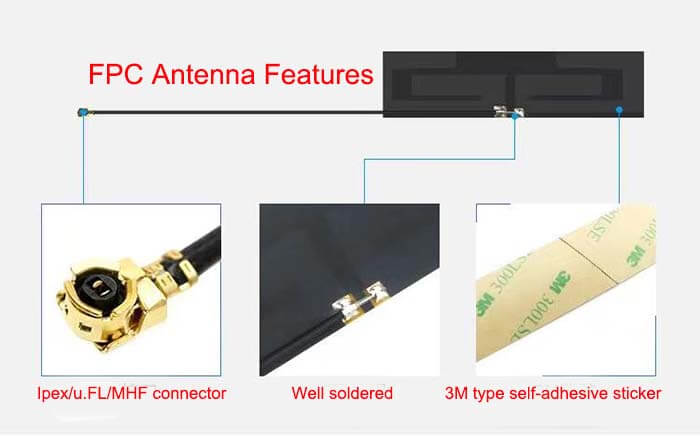
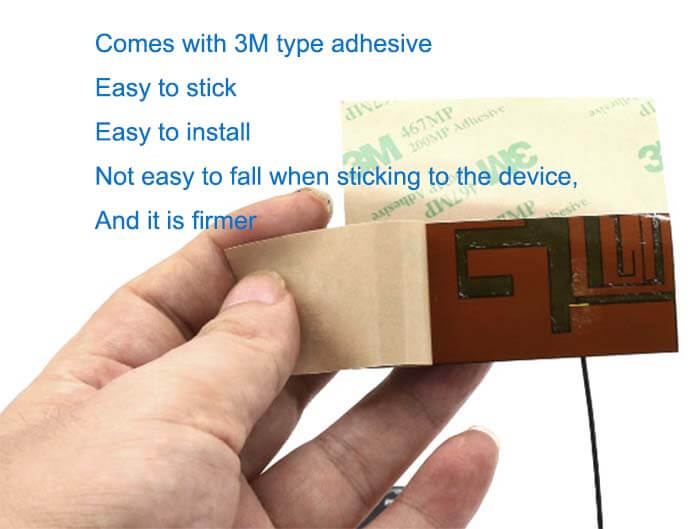
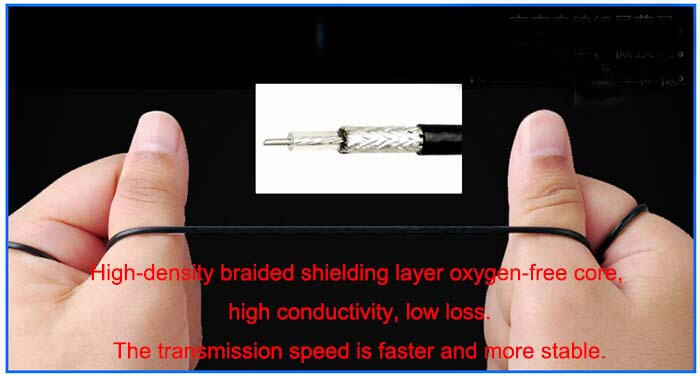

GSM Antenna
Part of the 900MHz frequency band in Europe is used for GSM communications, and the low-frequency bands used for ISM are 868MHz and 433MHz. 868MHz is in Europe, and 915MHz is in the United States. Application for frequency band usage is required. 868/915 cannot be used in China.
There are more and more wireless modules such as WiFi and Bluetooth, but they can be roughly divided into three major categories.
1. ASK superheterodyne module
We can serve as a simple remote control and data transmission;
2. WiFi Bluetooth wireless transceiver module
Mainly use a single-chip microcomputer to control the wireless module to send and receive data, the commonly used modulation modes are FSK and GFSK;
3. The WiFi Bluetooth wireless data transmission module mainly uses serial port tools to receive and send data, which is easy for customers to use.
Wireless modules on the market are now widely used, with frequencies of 230MHz, 315MHz, 433MHz, 490MHz, 868MHz, 915MHz, 2.4GHz, etc.
What is the difference between various frequencies such as WiFi Bluetooth wireless module 433MHZ 868MHZ 915MHZ?
The commonly used frequencies of WiFi Bluetooth wireless modules are 433MHz, 470MHz, 868MHz, 915MHz, 2.4GMHz, etc. Many users are not very familiar with these frequency bands. This article mainly analyzes the frequencies of these different wireless modules, hoping to help users.
433HMz Antenna
The 433HMzWiFi Bluetooth wireless module adopts high-frequency radio frequency technology, which is composed of a single IC radio frequency front end and a single-chip microcomputer, which can transmit signals at high speed.
The frequency range of 433 modules is 433.05~434.7HMz. 433HMz has high receiving sensitivity and good diffraction. Under the same parameters, compared with other frequencies, 433 has a longer transmission distance, but 433 has poorer penetration capability and is difficult to network.
433HMz is a frequency developed by the domestic license-free ISM. It does not require local radio management authorization, so it can be widely used in the market.
470MHz Antenna
The main purpose of 470-510MHZ is to be converted into broadcasting services. Secondary services include fixed mobile and radio transmission. 470MHz is not an unlicensed frequency, so the application range of 470MHz frequency in the market is not particularly large.
The 470HMz frequency band is generally used in the field of wireless walkie-talkies in the market.
868MHz, 915MHz Antenna
The domestically regulated ISM frequency is 433MHz. 868MHz and 915MHz are ISM-regulated by European and American countries, so the application range of 868 and 915HMz in China is not particularly wide.
868MHz was introduced by China in 2008 to increase the application of micro-power radio, while 915 was used by GSM.
2.4GHz Antenna
The frequency range of 2.4GHz is 2.4~2.5GHz, which is a wireless frequency that is publicly used all over the world. 2.4GHz is a networking protocol developed based on high-speed transmission rates.
It has weak diffraction ability, low receiving sensitivity, and distance Shorter, but has strong penetrating power, is easy to build a network, and is simple to develop. At present, it is widely used in indoor occasions such as wireless construction and wireless broadband routers.
All in all, we can choose modules with different frequencies according to different networking methods.
If the networking mode is relatively easy and the requirements are relatively simple, one master has multiple slaves, the cost is low, and the use environment is more complex, we can use the 433MHz wireless module;
If the network topology is more complex and functional A variety of products, strong network robustness, low power consumption requirements, simple development, and can choose 2.4GHz products with networking functions!

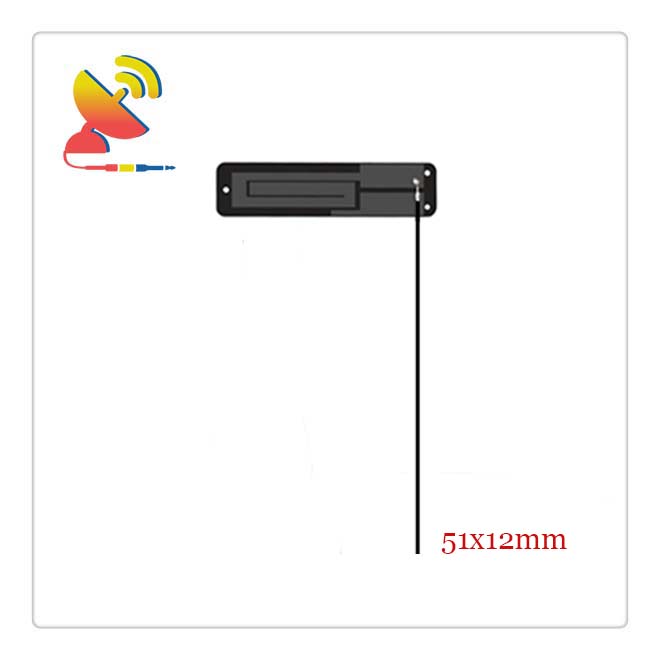

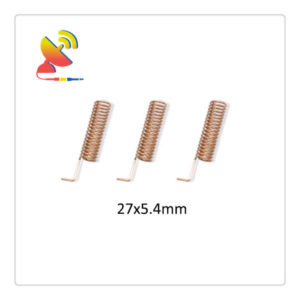
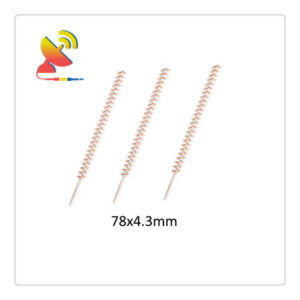
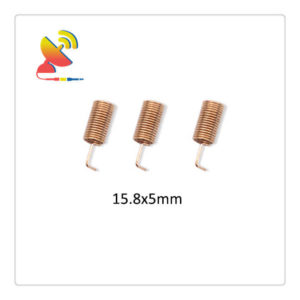
Reviews
There are no reviews yet.